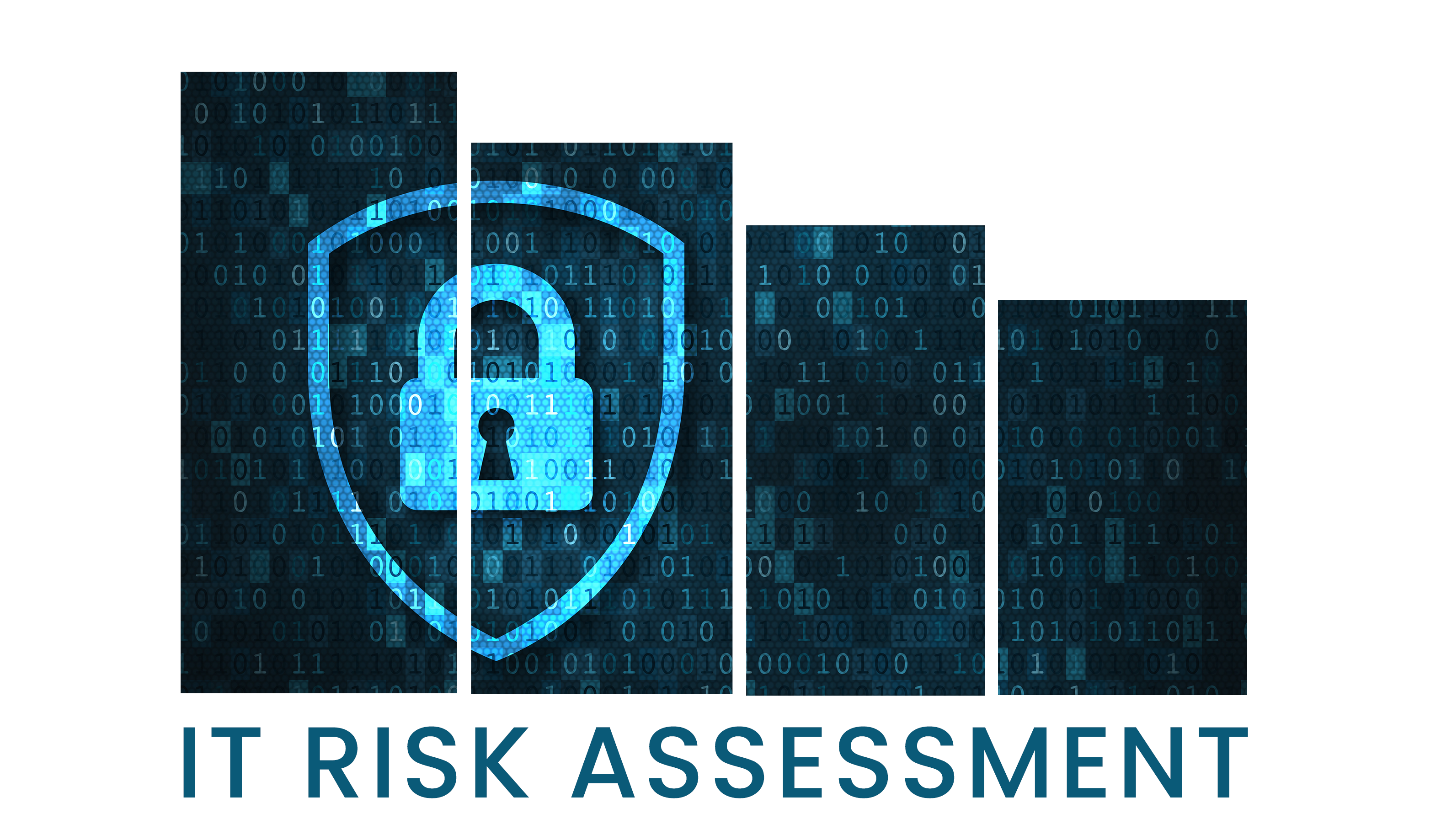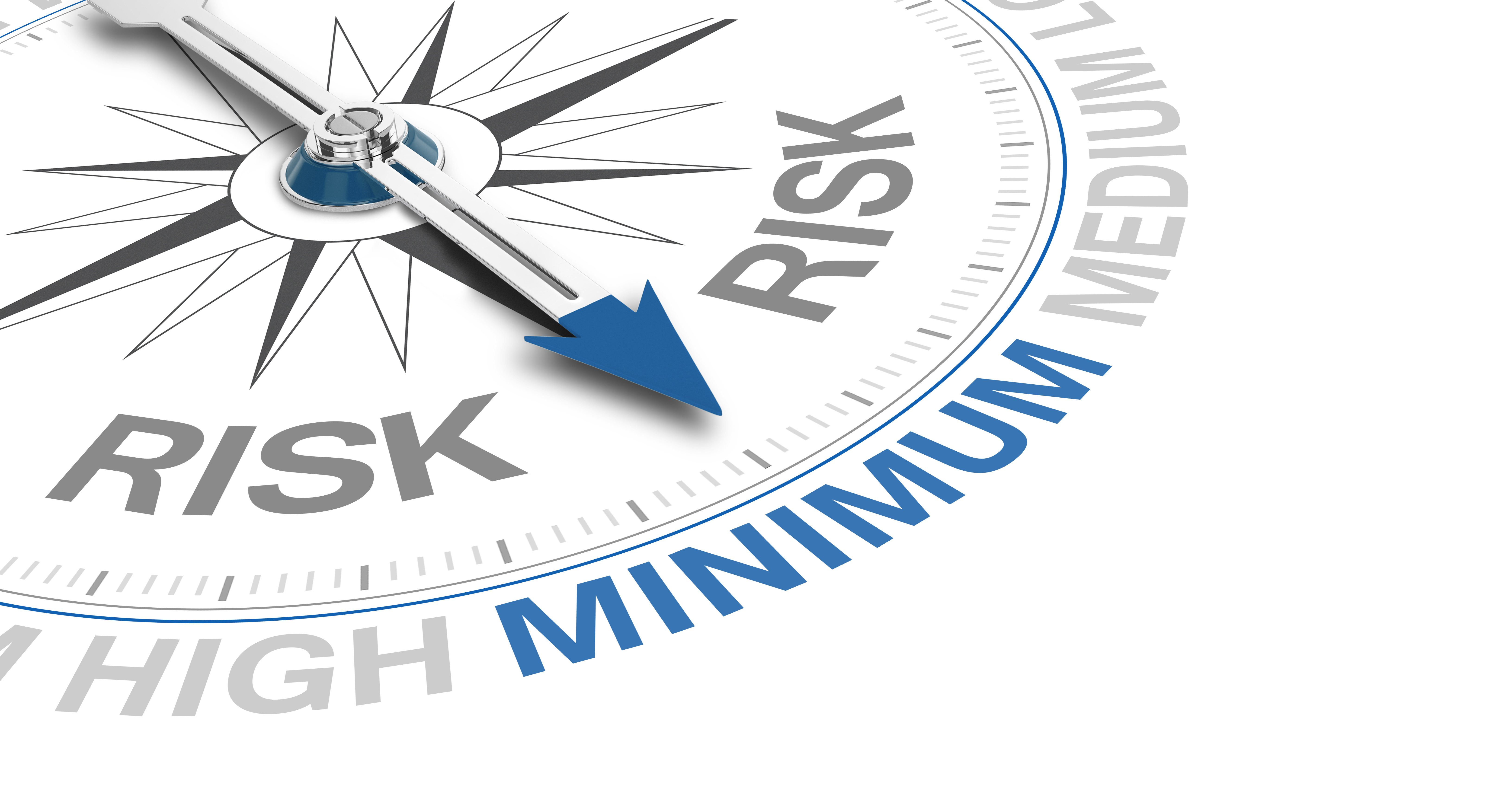1 min read
Complete Guide to IT Risk Assessments
Here are the key takeaways from this blog: IT risk assessments are foundational for financial institutions to proactively identify vulnerabilities,...

Financial technology companies, more commonly referred to as FinTechs, face many threats from a wide variety of sources. If you understand the severity of these threats, you can appreciate the need for assessments of fintech risk and compliance. By performing cybersecurity risk assessments, companies are more likely to determine the best methods for the protection of their users’ personally identifiable information (PII). That said, below are several risks FinTechs are currently facing.
Several banks rely on FinTechs to provide real-time customer data for managing banking services, approving loans, and authorizing transactions. Fintech software without security protocols in place is more susceptible to attacks. Cybercriminals may gain access to sensitive data by leveraging those weaknesses. Hence it is crucial to follow cybersecurity protocols before using fintech software to rule out vulnerabilities.
Fintechs provide convenience to consumers and banks with several services including:
Many of these services rely on cloud-based technology which comes with its own share of risks. If cloud-based storage services have adequate security protocols, they will be secure, but only to the extent of implementing practices to safeguard consumer data. Sufficient protection of cloud-based services from cyber attacks is the responsibility of FinTechs, and annual risk assessments can ensure there are no gaps in security. It may also be necessary to increase the frequency of risk assessments depending on your business’s size and the volume of users.
Financial institutions with conventional or core banking systems are prone to cyber attacks because they often find it challenging to implement fintech apps into their networks that are not as secure. As a result, they must review their external and internal networks with cybersecurity assessments before implementing fintech services. Doing so will help them find weakness and eradicate the potential for threats. Leaving vulnerabilities within a system is much like leaving your doors to your home unlocked and open and praying no one will walk in to steal anything.
All institutions, especially those in the banking industry, rely on data to conduct their everyday operations by collecting, managing and storing PII. As a result, vulnerable FinTechs are at high risk of a data breach of sensitive files such as credit card and debit card information. Online transactions are soft targets for hackers to breach because they pose the most considerable risk, and are often easier to intercept. This is especially true if it involves a third-party service provider. Unfortunately, everyone finds fault with the financial institution regardless of where the data breach happens in online transactions, and they are the most likely to be fined by regulations and standards companies.
Although digital banking is convenient for everyone, it brings substantial risks for FinTechs that don’t comply with cybersecurity industry standards. For example, hackers can intercept single-use passwords that are automatically deleted after a set time without the need to use system malware. Because of this, financial institutions and fintech systems must perform regular risk assessments of their security systems and practices, especially before fintech implementation. Speaking of malware...
Both domestic and international organizations face the threat of malware attacks, and there has been a significant surge in these attacks throughout 2020 and 2021. To make matters worse, ransomware demands have become such a nuisance, that even the FBI has had to release more than a dozen statements regarding cybercrime in June 2021 alone. Hackers target banking and financial institutions worldwide because there is big money in cybercrime. Bottom line, cybercriminals are always on the lookout for loopholes in systems of vulnerable organizations. After they find any weaknesses, they use malware to access protected data for their own financial gain.
International organizations often use cryptocurrency because it eliminates the need to exchange currencies. However, it is a security risk with fintech systems because no governing body regulates cryptocurrency. Therefore, it’s much easier for hackers to indulge in illegal money laundering via legitimate financial institutions, especially those that aren’t maintaining security compliance.
In the case of third-party vendors, preventing data breaches is not always easy because their cybersecurity protocols may not be as robust as yours are. However, if data is intercepted you may ultimately be held responsible. Eliminate this risk by only working with reputable and secure vendors.
Money moves quickly - with transaction speed, there could be vulnerabilities that aren’t caught fast enough. Real-time data offers benefits to consumers and institutions, but hackers can still exploit weaknesses introduced by FinTechs.
Most companies use fintech services for easier cross-border transactions, but cyber thieves may gain access in transit if security is not locked down tight. Similarly, another big concern is to keep your data private. However, you can minimize this threat by adopting cybersecurity protocols.
Assess the strengths and weaknesses of your fintech cybersecurity program with our free FinTech Cybersecurity Blueprint. An online module with a rating system to help shape your IT security decisions.
Get in touch with Rivial Security today: https://www.rivialsecurity.com/services/it-risk-assessment

1 min read
Here are the key takeaways from this blog: IT risk assessments are foundational for financial institutions to proactively identify vulnerabilities,...

Here are the key takeaways from the blog: Advanced techniques streamline IT risk assessments: The firm's innovative approach reduces client effort,...

Welcome to our in-depth blog series, "Cybersecurity in 2023: The 5 Principles For Financial Institutions." In today's fast-paced digital landscape,...